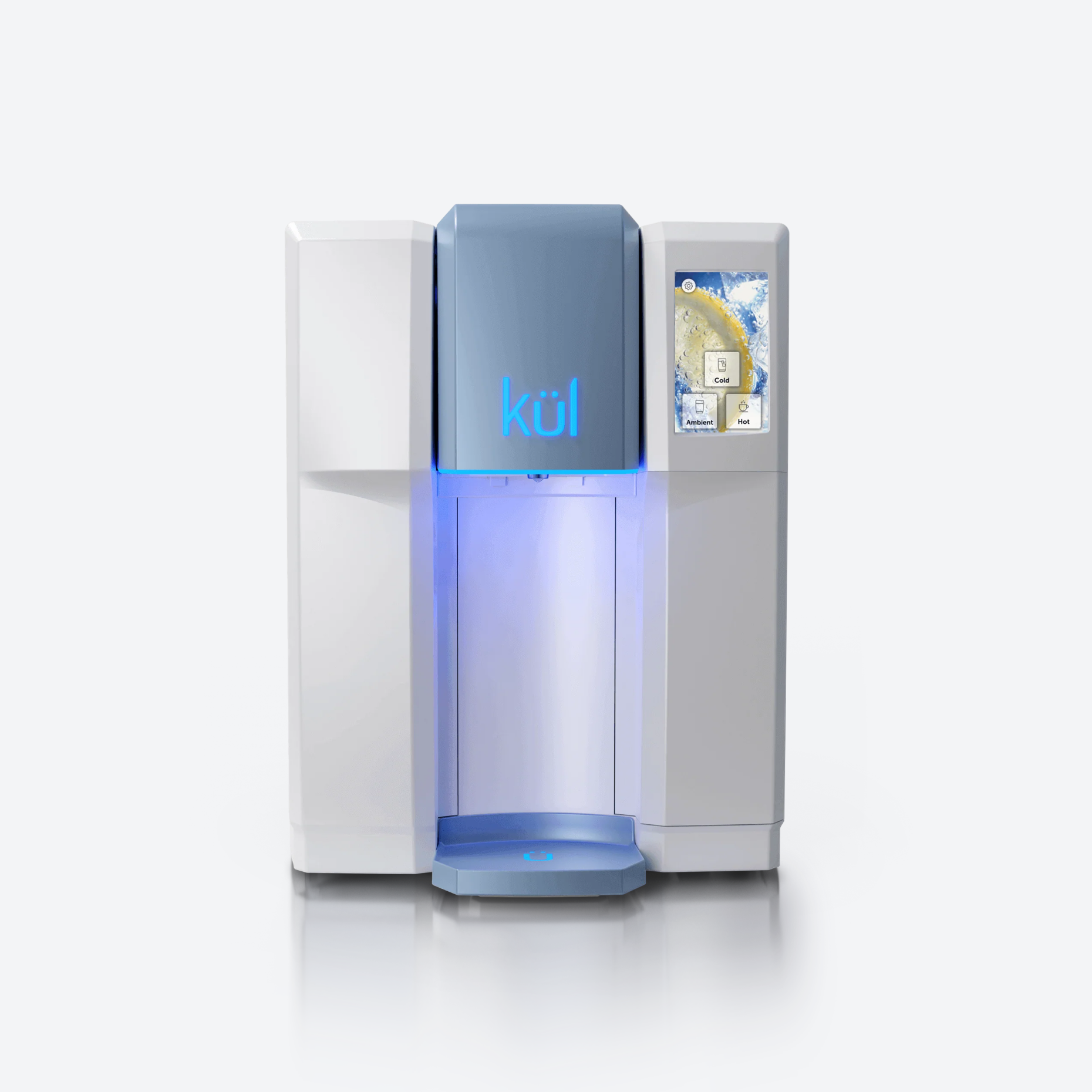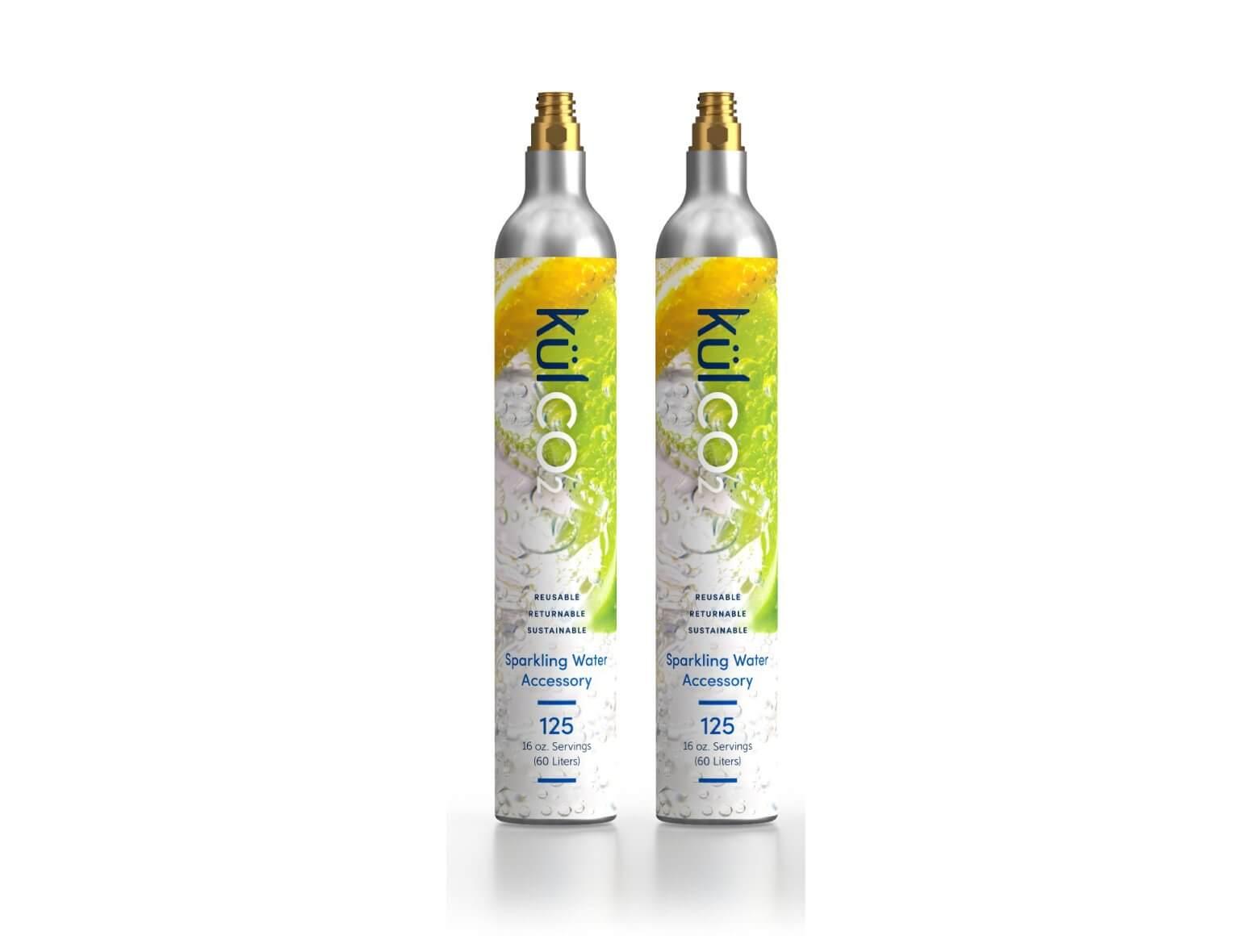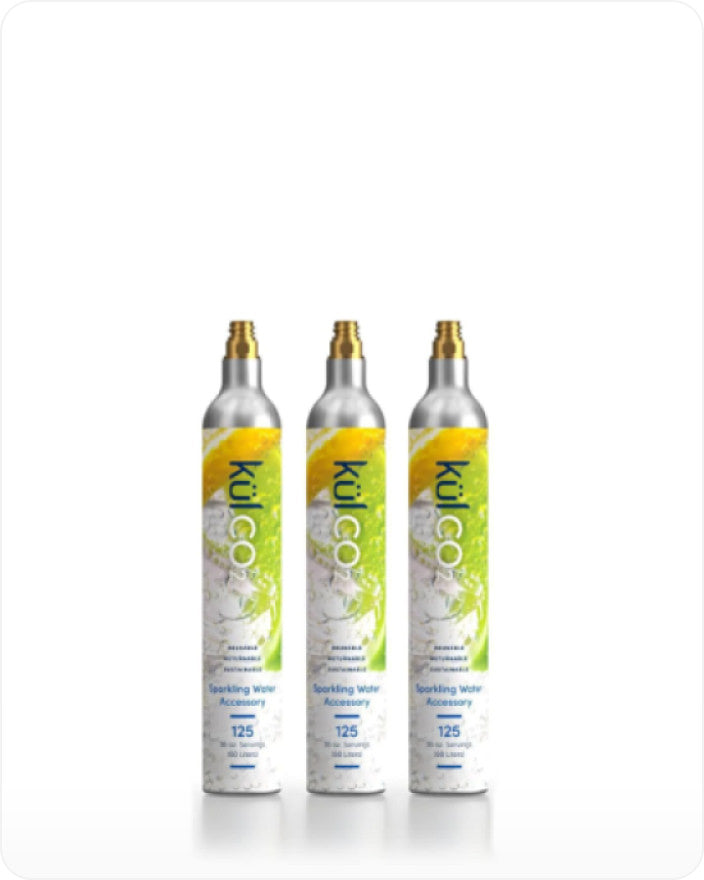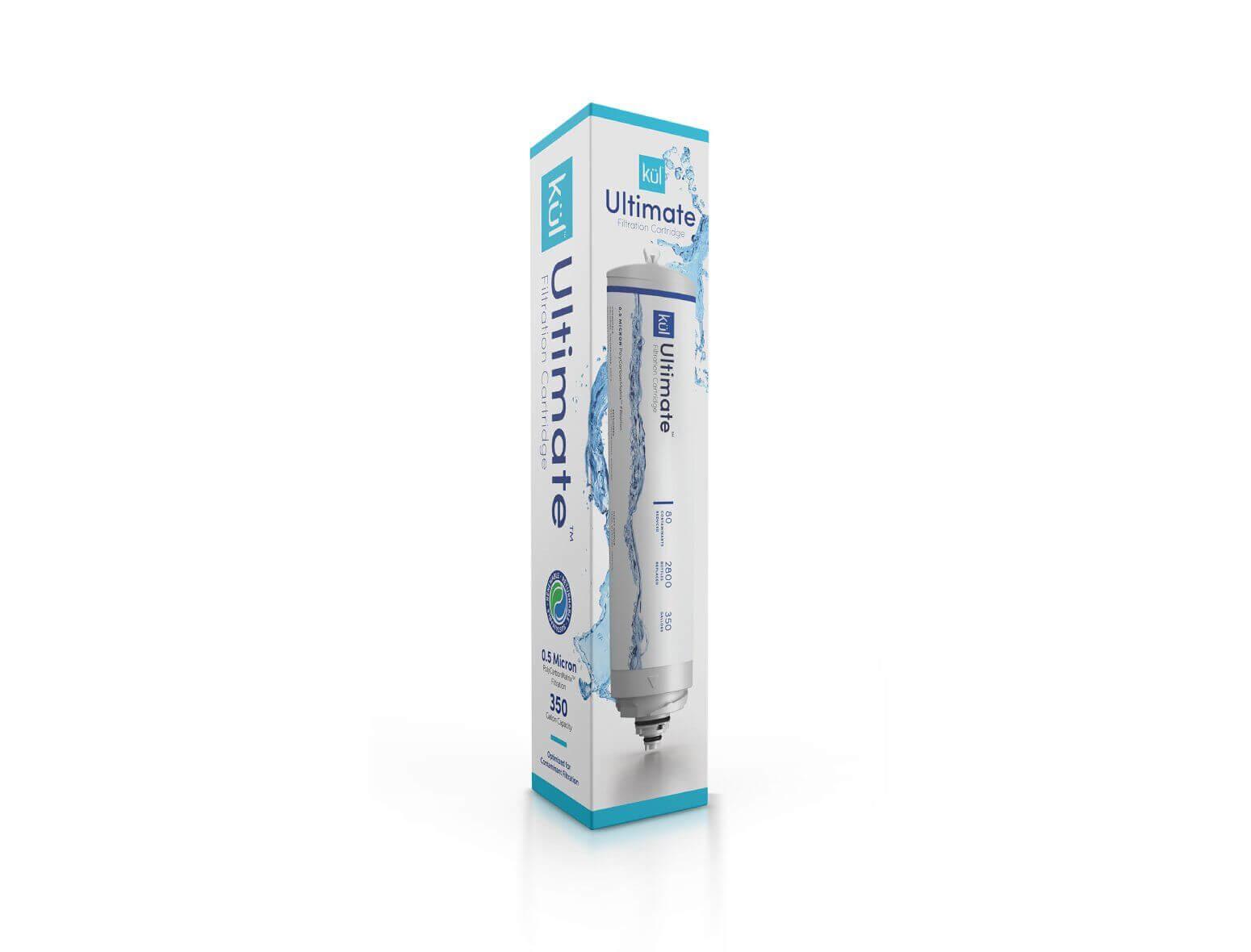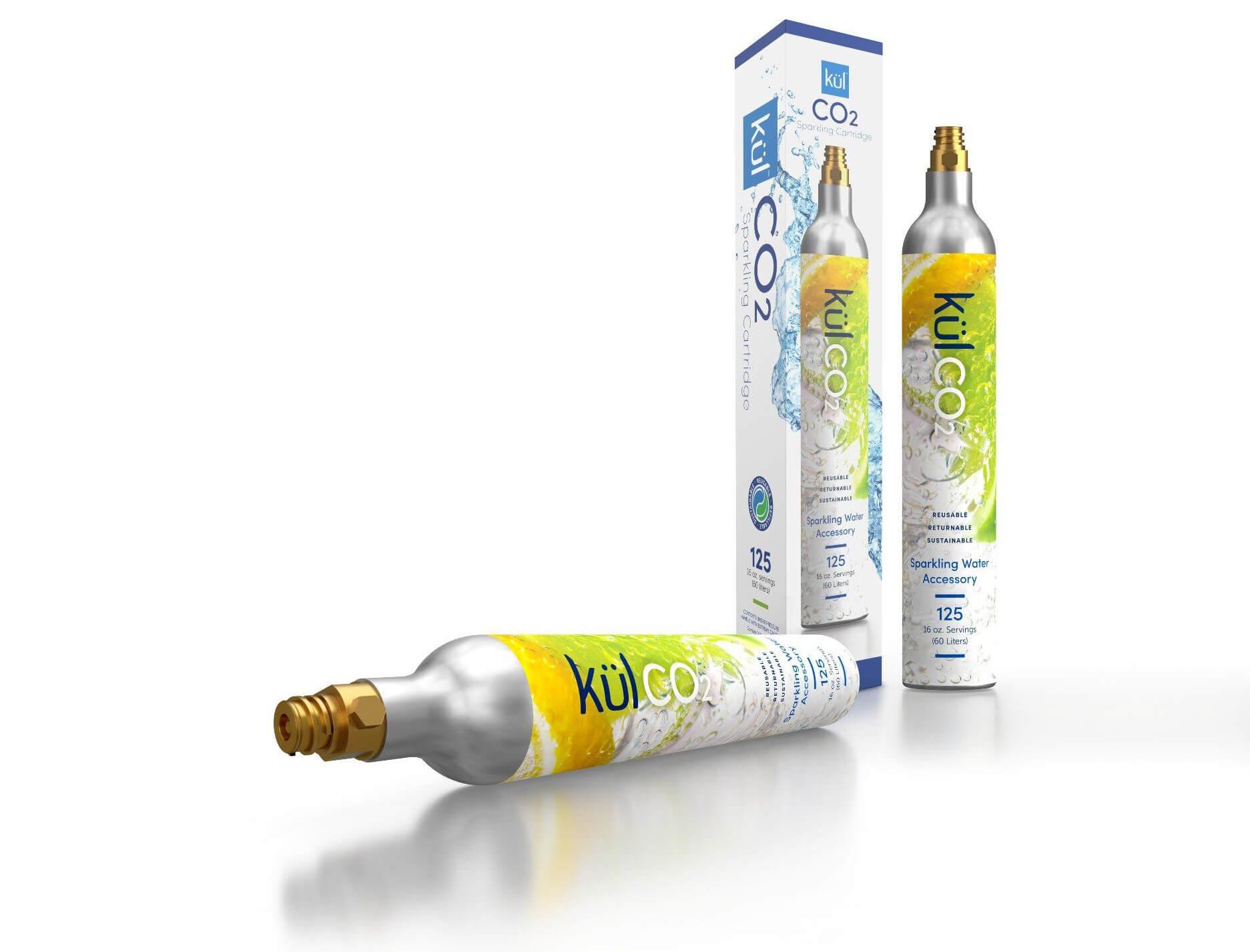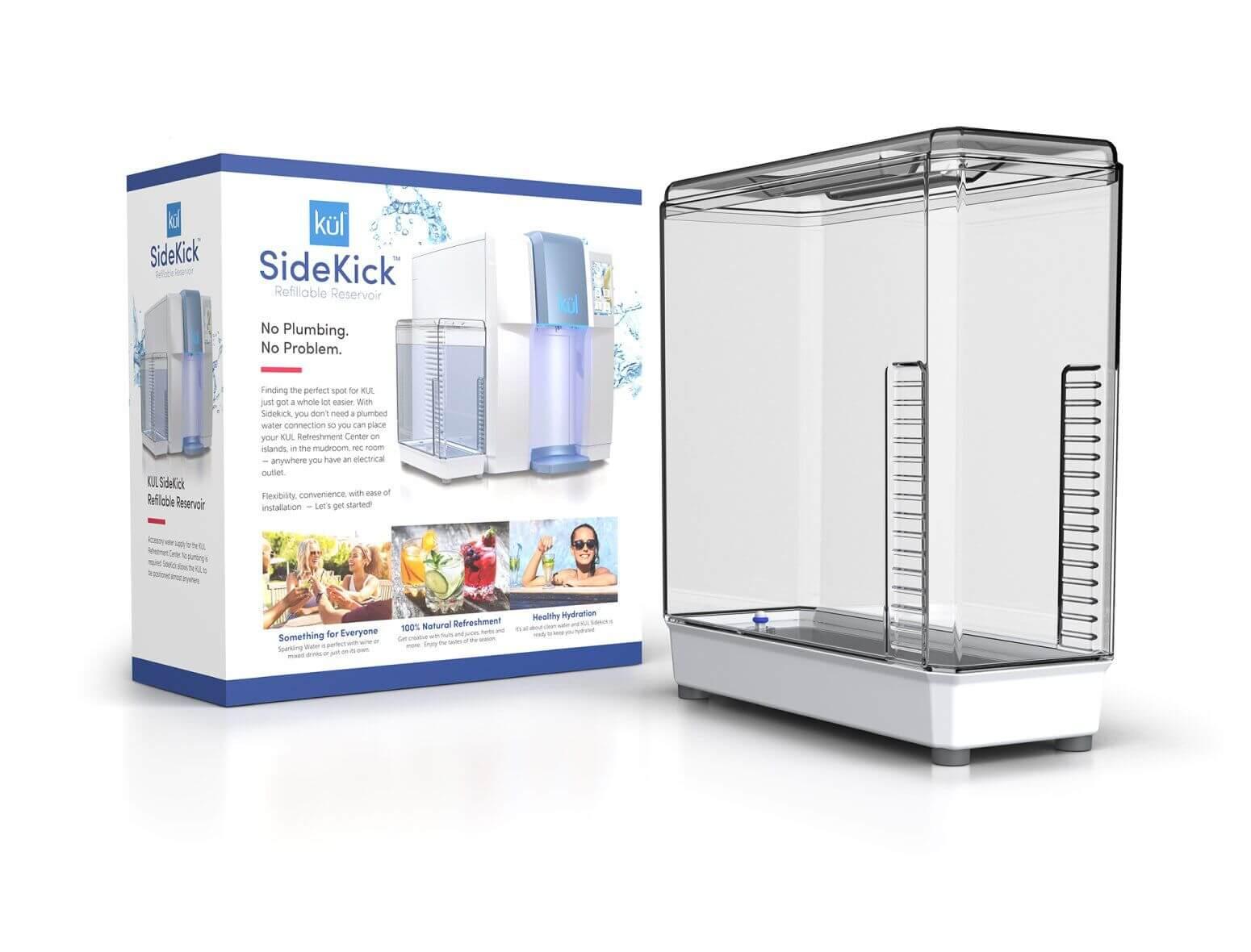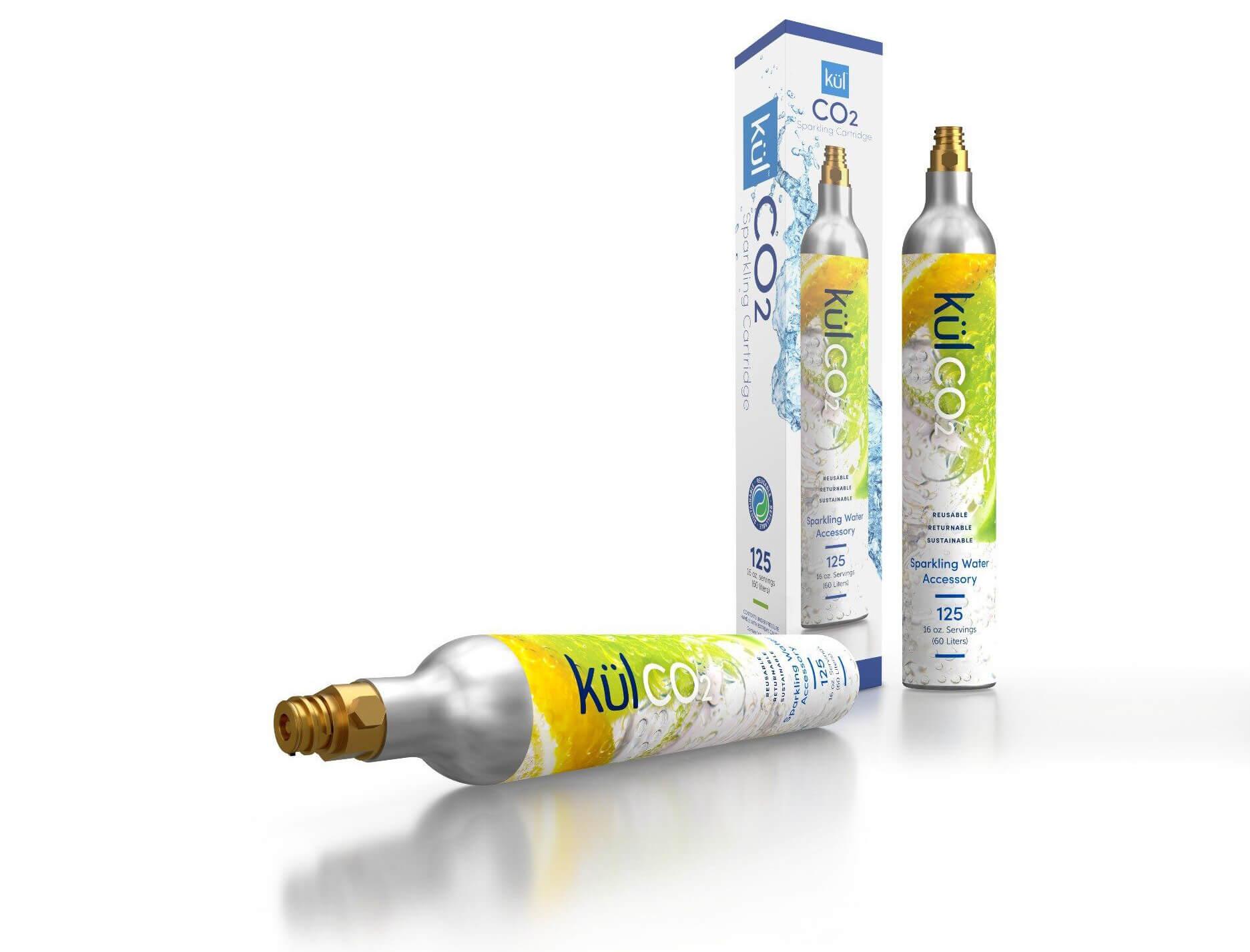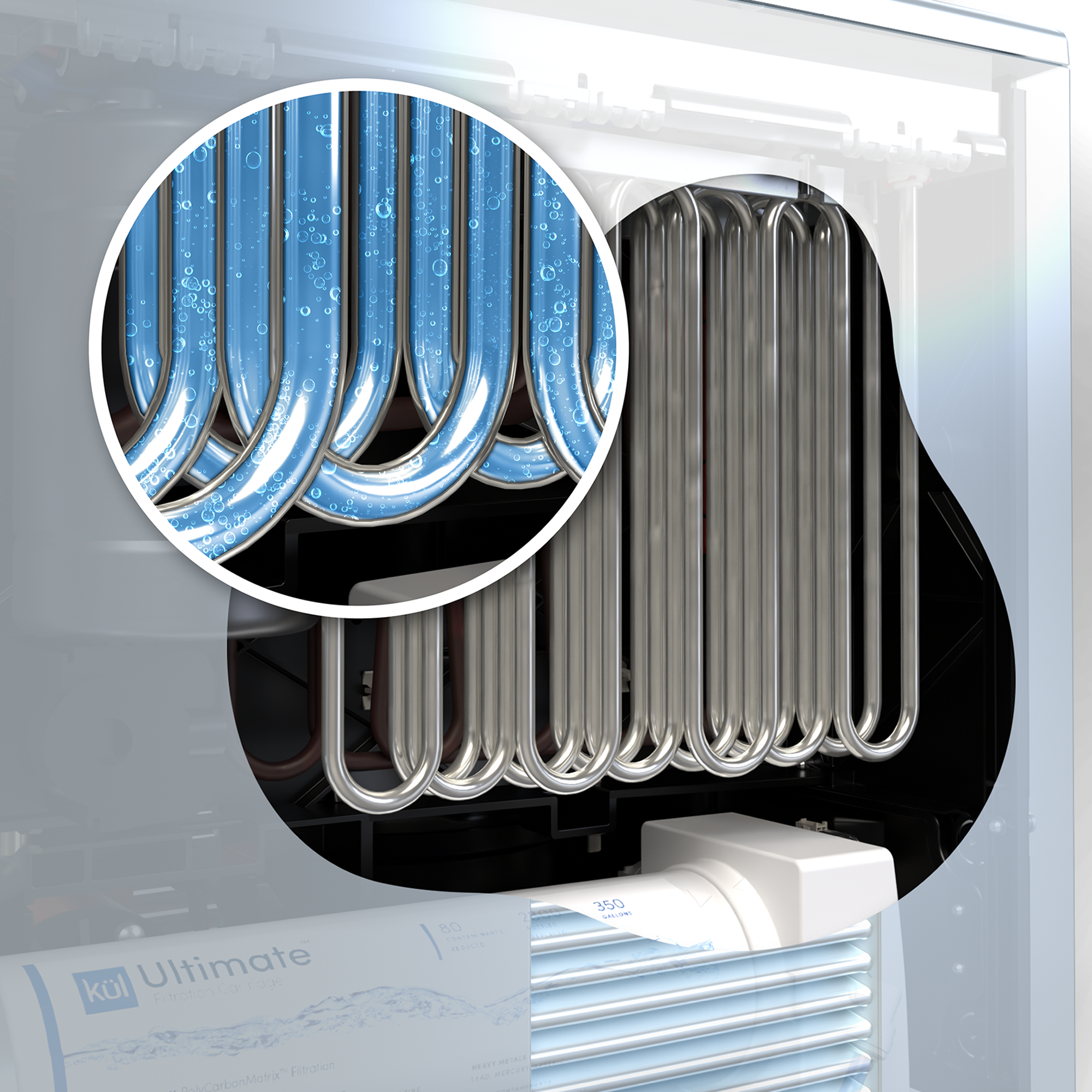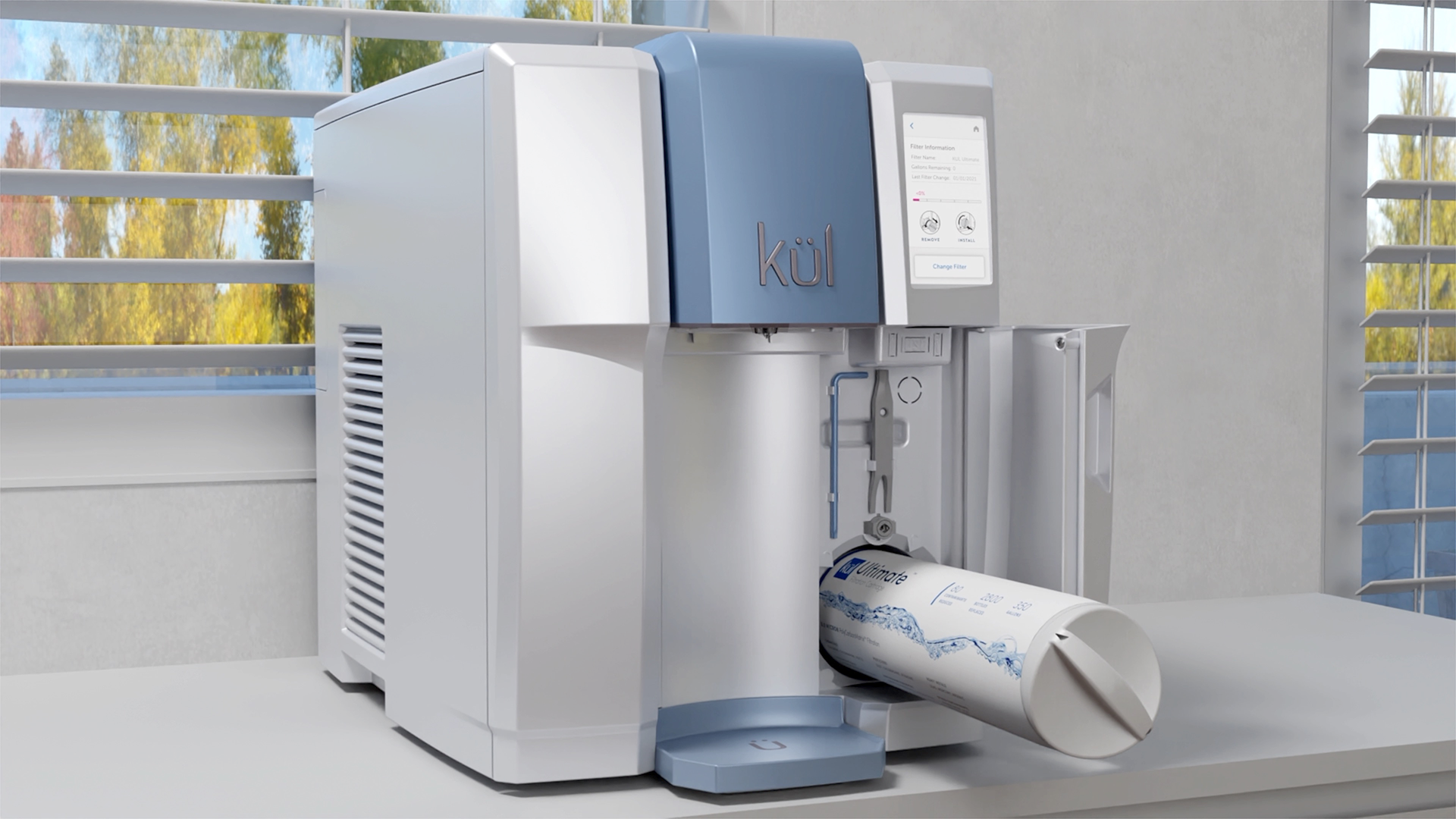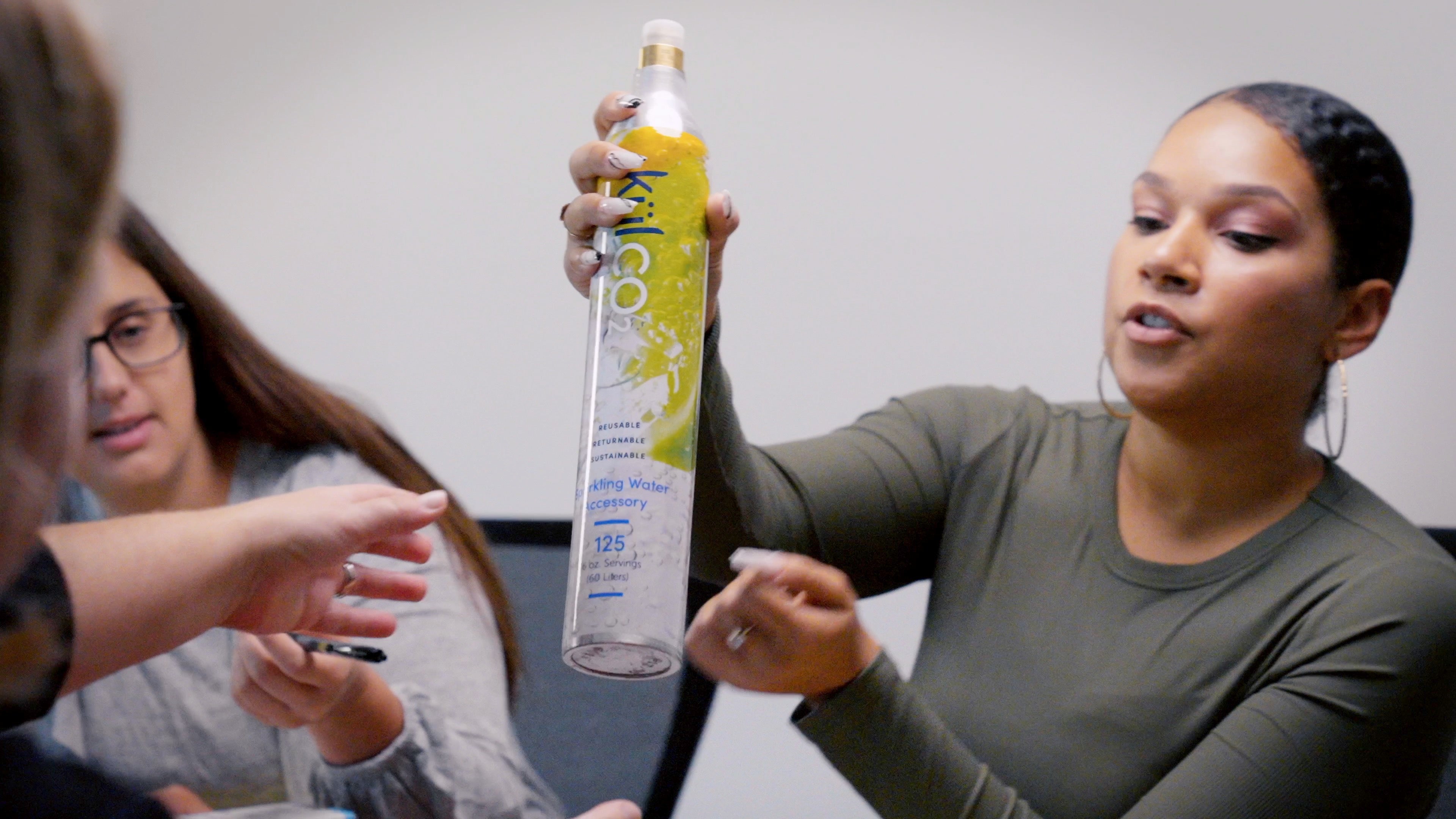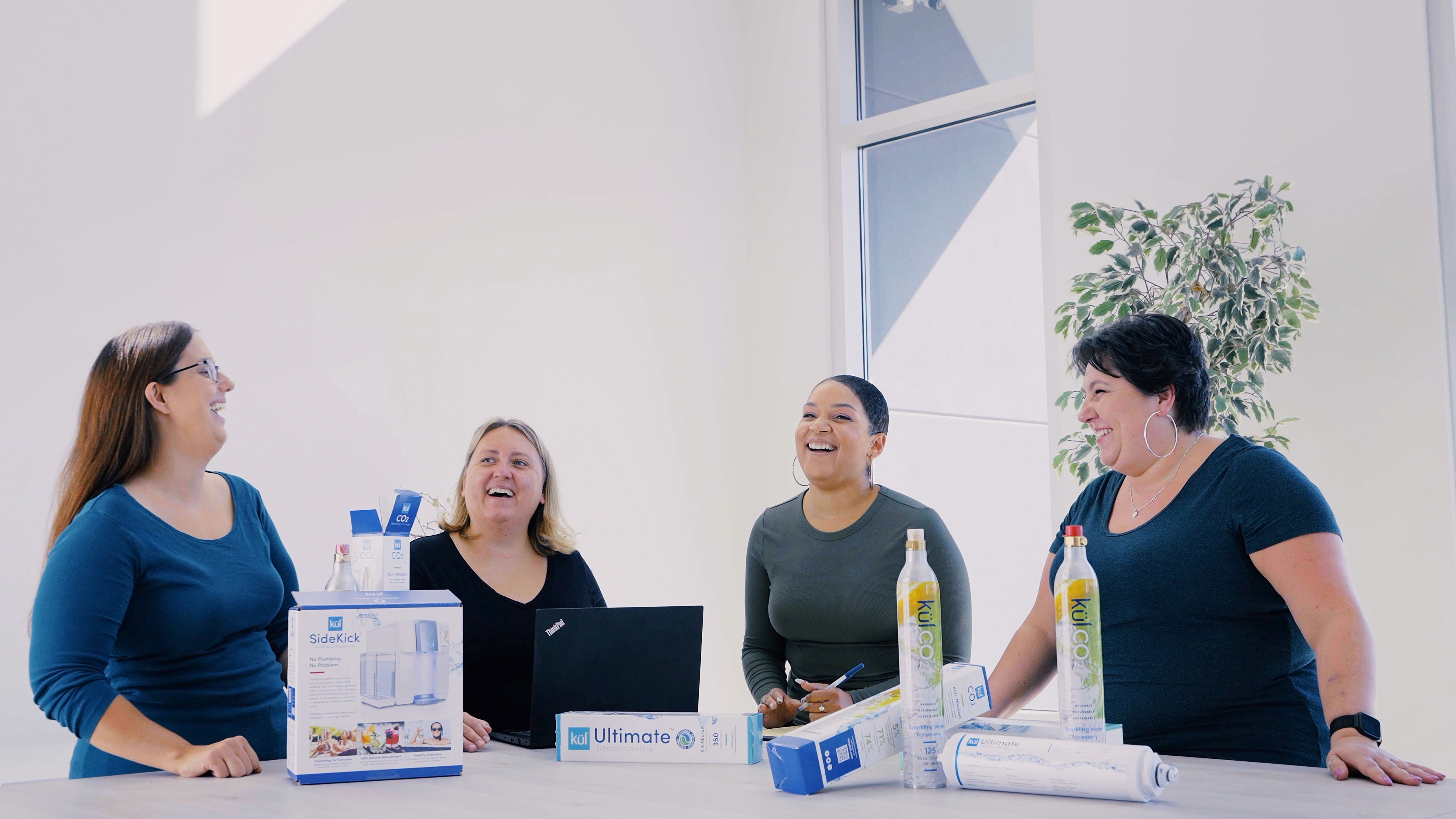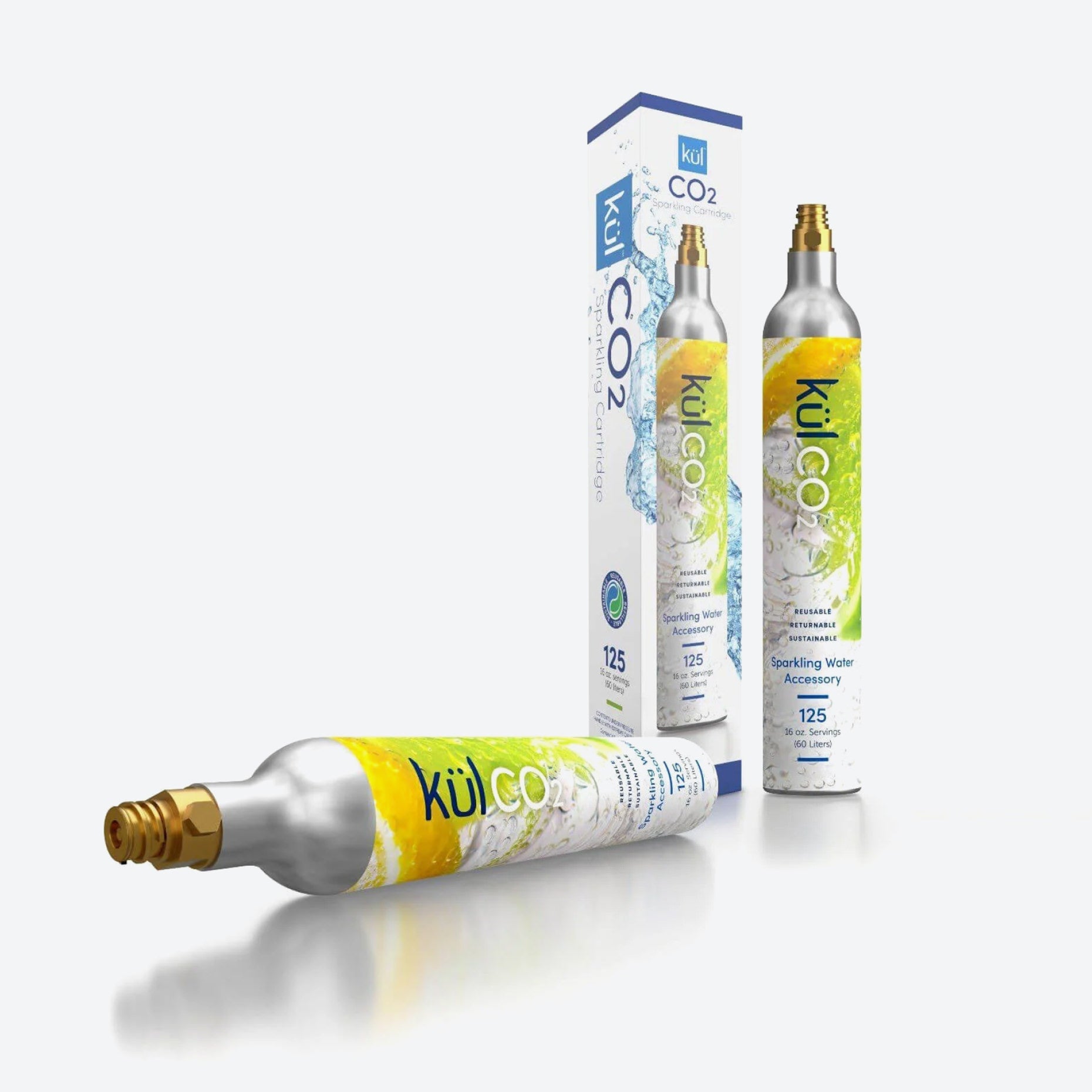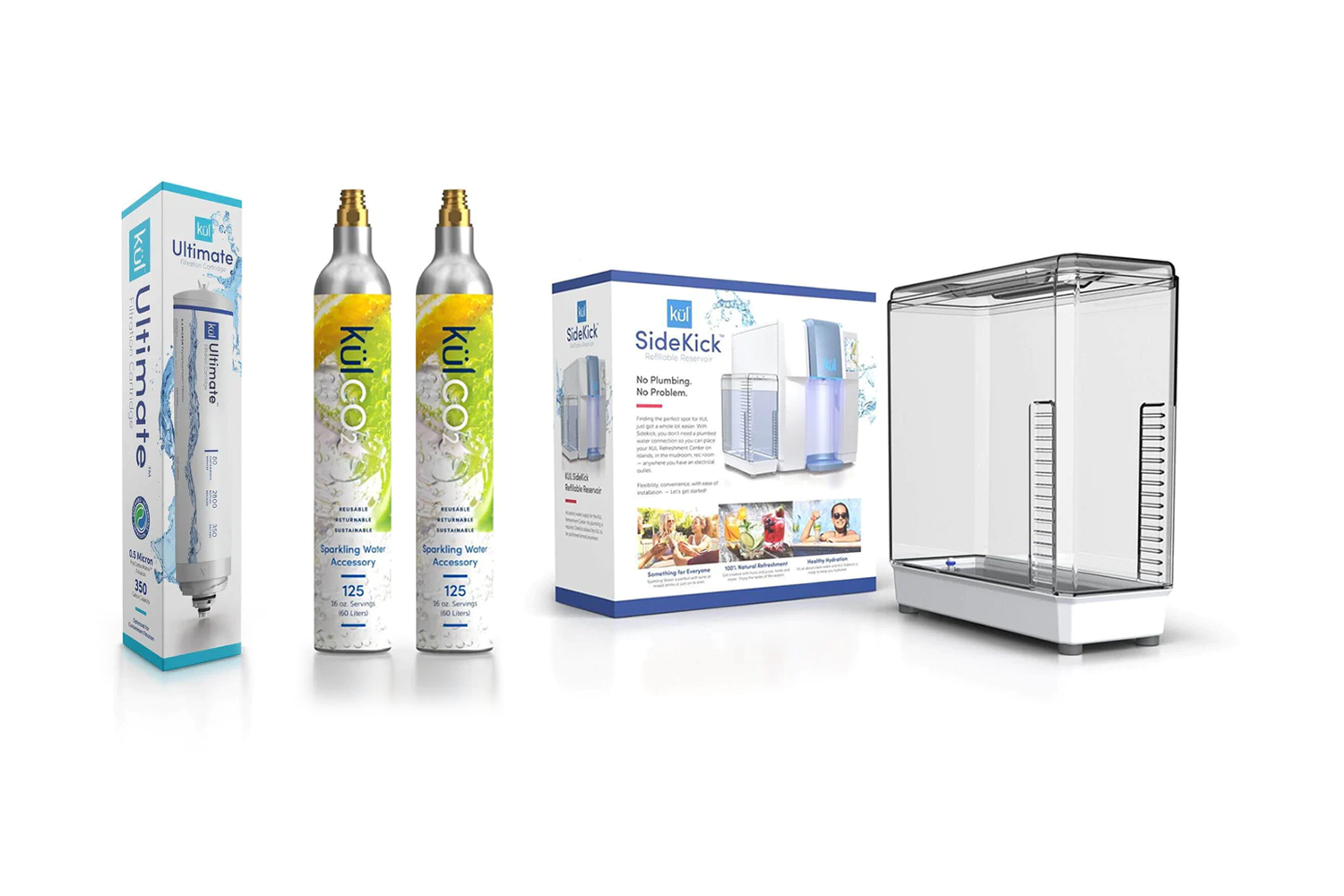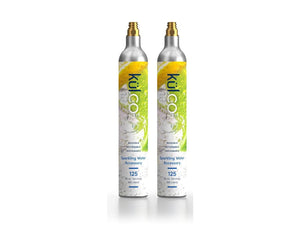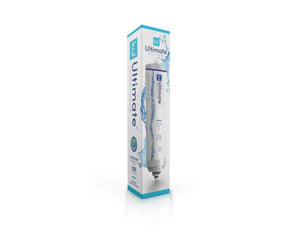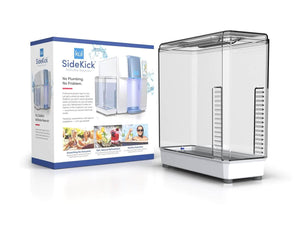If you’ve ever turned on your faucet and thought, Is tap water safe to drink?—you’re not alone. Most of us assume it’s fine because it looks clear and doesn’t smell weird (most of the time).
But here’s the kicker—just because water seems safe doesn’t mean it is.
From invisible chemicals to sneaky contaminants, your tap water might be carrying some unwanted guests. But don’t worry, we’re not here to make you panic—we’re here to help.
Let’s dive into what’s really in your tap water and, more importantly, what you can do about it.
The Dirty Truth About Tap Water
Most municipal water supplies are treated to remove harmful bacteria and contaminants. That sounds great, right? In theory, yes. But the way we treat water isn’t perfect, and sometimes it introduces new problems while solving old ones.
Depending on where you live, your tap water could contain:
-
Chlorine and Chloramines – Used to disinfect water, but they can create harmful byproducts.
-
Lead – A serious issue in older plumbing systems. Even low levels of lead exposure can be dangerous.
-
PFAS (Forever Chemicals) – Synthetic chemicals linked to health risks that don’t break down easily.
-
Pesticides and Herbicides – Runoff from farms can end up in your drinking water.
-
Pharmaceuticals – Yep, traces of medications can make their way into the water supply.
-
Microplastics – Tiny plastic particles have been found in drinking water worldwide.
Feeling a little queasy? Don’t worry—we’ll get into how to fix this. But first, let’s talk about where all these contaminants come from.
Where Are These Contaminants Coming From?
Even though tap water goes through a treatment process, harmful contaminants can still sneak in from a variety of sources. Here are five common ways pollutants end up in your water.
1. Old Pipes
Many cities still rely on water infrastructure that is decades—or even over a century—old. Lead pipes, copper pipes with lead solder, and corroded metal can leach dangerous contaminants into the water. If you live in an older home or an area with outdated plumbing, your water may pick up heavy metals before it even reaches your faucet.
2. Agricultural Runoff
If you live near farmland, your water could contain traces of pesticides, herbicides, and fertilizers. Every time it rains, chemicals from crops wash into lakes, rivers, and groundwater, eventually making their way into municipal water supplies. These contaminants can be harmful, even in small amounts, and some have been linked to long-term health risks.
3. Industrial Waste
Factories and manufacturing plants can contribute to pollution in local water supplies. While regulations exist to minimize contamination, industrial waste, chemical spills, and even illegal dumping still happen. These pollutants can include heavy metals, toxic chemicals, and other hazardous substances that persist in water sources.
4. Water Treatment Chemicals
Cities add disinfectants like chlorine and chloramines to kill bacteria and viruses in the water supply. While these chemicals are necessary for sanitation, they can also create harmful byproducts like trihalomethanes (THMs), which have been linked to health concerns, including an increased risk of cancer.
5. Everyday Household Products
Believe it or not, the products we use daily—like medications, cleaning supplies, and personal care items—can end up back in the water supply. When we flush expired prescriptions, rinse off beauty products, or use chemical-based cleaners, traces of these substances can make their way through wastewater systems and eventually into our drinking water.
How to Check What’s in Your Tap Water
Before making changes to your water routine, it’s important to understand what’s actually in your tap water. Here are three reliable ways to test for contaminants and ensure your water is safe to drink.
1. Get a Water Quality Report
Most municipalities provide an annual water quality report, also known as a Consumer Confidence Report (CCR). This document details the levels of contaminants detected in your local water supply and whether they fall within legal safety limits. You can usually find it on your city’s website or request a copy from your local water provider.
While these reports are helpful, they don’t account for potential contaminants introduced through aging pipes in your home, which is why additional testing is a good idea.
2. Use a Home Water Test Kit
For a quick and personalized assessment, a home water test kit is a great option. These kits, available online and in hardware stores, allow you to check for common contaminants like lead, chlorine, bacteria, nitrates, and pH levels. Most test strips provide instant results, giving you a basic but useful snapshot of your water quality.
While not as precise as lab testing, they’re an affordable and easy way to identify potential issues.
3. Send a Sample to a Lab
For the most detailed breakdown of your tap water, consider sending a sample to a certified water testing lab. Lab tests can detect a wide range of contaminants, including heavy metals, chemicals, and even pharmaceuticals, with far greater accuracy than at-home kits.
While this option requires more time and money, it provides the most comprehensive analysis of your water, helping you choose the best filtration or treatment method based on your specific results.
How to Fix Your Tap Water (Without Moving to a Remote Spring in the Mountains)
Okay, so we’ve established that tap water isn’t always as clean as we’d like. Now, let’s talk about solutions. Here’s how you can make your water safer—and taste way better.
1. Install a Countertop Water Filter
A countertop water filter is an easy and effective solution to ensure the water you drink is cleaner, safer, and tastes great. The Kül Spring, for example, is equipped with a commercial-grade filtration system designed to tackle over 80 common contaminants found in tap water. From chlorine and lead to harmful chemicals and microorganisms, this powerful filter significantly improves water purity.
Plus, with the capacity to purify up to 350 gallons before needing a filter replacement, it’s not only convenient but also budget-friendly—providing clean, fresh water right from your kitchen counter.
2. Switch to a Glass or Stainless Steel Water Bottle
If you’re still using plastic cups or disposable water bottles, you could be unknowingly consuming microplastics with every sip. Studies have found that tiny plastic particles can leach into your water, especially when bottles are exposed to heat or reused multiple times. Switching to a reusable glass or stainless steel water bottle is a smarter, safer choice.
Not only does it eliminate potential plastic contamination, but it’s also a more eco-friendly option, reducing plastic waste and helping the environment. Plus, high-quality stainless steel bottles keep your water colder for longer, making hydration even more refreshing!
3. Let Your Tap Water Sit
If your tap water has a strong chlorine smell, don’t worry—there’s a simple trick to improve its taste. Letting your water sit uncovered in the fridge for a few hours allows the chlorine to naturally evaporate, reducing that chemical odor. While this method won’t remove all contaminants, it’s a quick and easy fix to make your water more enjoyable to drink.
For an even fresher taste, try pouring the water into a glass pitcher or adding a few slices of lemon or cucumber for a natural flavor boost!
4. Keep Up with Plumbing Maintenance
If you live in an older home, your pipes could be a hidden source of contamination. Over time, lead pipes, corroded fixtures, and aging plumbing systems can leach harmful metals into your water supply. Regular plumbing inspections can help identify potential risks and ensure your water remains safe to drink. If lead pipes are present, consider replacing them.
Even simple upgrades, like replacing old faucets and using lead-free plumbing materials, can make a big difference in your water quality.
The Bottom Line: Is Tap Water Safe to Drink?
For most people, tap water isn’t immediately dangerous—but that doesn’t mean it’s free of risks. Many contaminants found in tap water don’t cause symptoms right away but can contribute to long-term health issues.
The good news? You have control. With the right filtration and awareness, you can make sure your tap water is as safe and clean as possible.
So next time you fill up a glass, take a second to think about what’s in it—and whether it’s time to upgrade your water game. Because when it comes to your health, clean water is everything.

